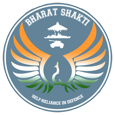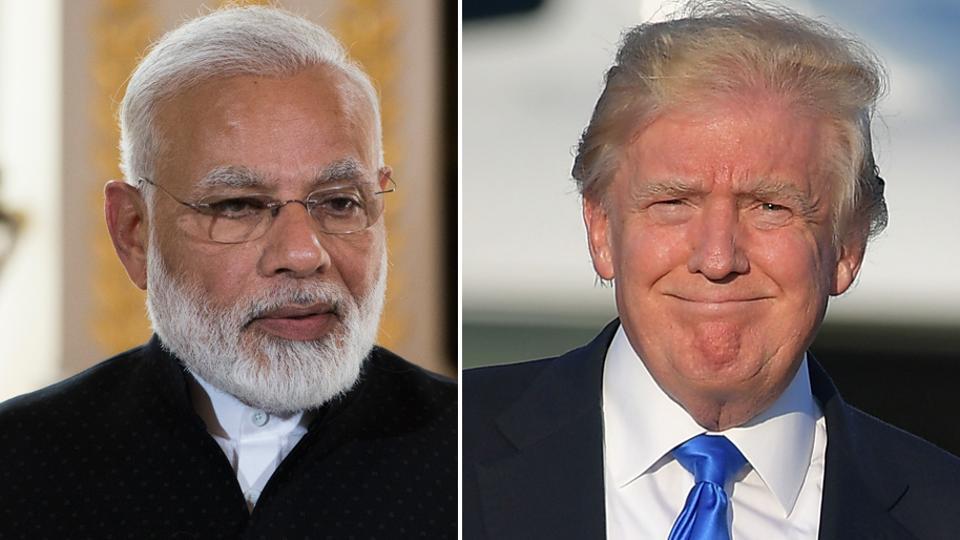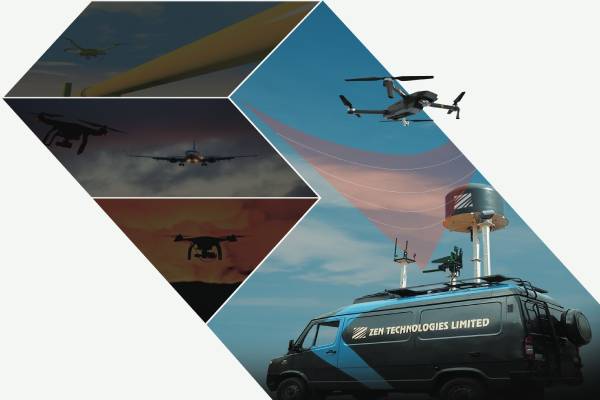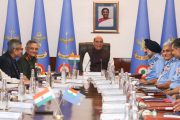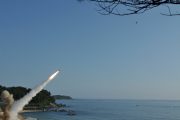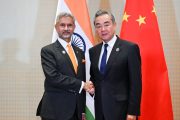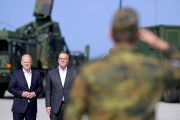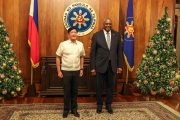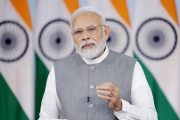The defense Partnership between United States and India, could set the tone for the first bilateral between PM Modi and President Trump, as they meet on Monday, 26th June at Washington.
The way forward for India, as a major Defense partner, and the progress on the US–India Defence Technology and Trade Initiative that began under the Obama administration are the points of interest, in this transition of partnership under the Trump administration.
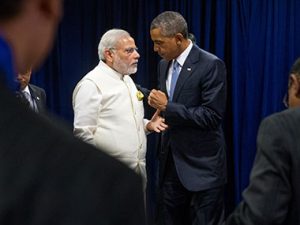
Image Courtesy: Associated Pres
Indo-US ties overcame the “hesitation of history” to become “the most defining partnership” of 21st century during the last 3 years of Obama-Modi bromance. The nomination of Kenneth Juster, a key Presidential aide and an expert at Indian economic and commercial markets, is an indication that India has surely not fallen off the radar for the new administration though it may not be as agile as India would have wanted it to be. However, the key issue is to continue the engagement at all levels, especially at the top to include the cabinet.
A sweet spot in this visit could be the formal announcement by the Trump Administration of the proposed sale by General Atomics of the MQ – 9B Guardian Drones to India; the first for a non NATO country. The approval of the sale of this exclusive drone to India, is an acknowledgement of the greater role India can play in the Indian Ocean region, monitoring the Chinese submarine and surface vessels activity and the Chinese aggressive expansion through an eye in the sky, and increasing security cooperation in the Indian Ocean and Pacific region.
US defence giant Lockheed Martin and India’s Tata Group, on Monday, the 19th June, signed a Letter of Intent to build the F-16 Block 70, single engine aircraft, in India, in order to bid for the lucrative contract for more than 100+ single-engine fighters for Indian Air Force. Please note, the operative word is Intent. The timing of the announcement, on Day 1 of the Air Show, indicates that the deal was in the works for some time between Lockheed Martin and Tata Advanced Systems Ltd (TASL), its long term partner in India which manufactures Sikorsky helicopter cabins and components of C 130J at its facility near Hyderabad.
It goes without saying that such an announcement by Lockheed Martin, the biggest Aerospace & Defence OEM of Pentagon would have not happened without a nod of the Department of Defense, as it will involve complex approvals, licensing and technology transfer. Yet there are several questions which need an answer, as we move forward with this announcement.
Is it about Optics? Or is it a chance to put the ageing aircraft on the High Table?
How will this work, without directly affecting American jobs – while creating Indian jobs? The F 16 Block 70 is hardly 40% Lockheed Martin as the rest of the aircraft belongs to IP owned by its vendors, including radar and avionics.
If Lockheed Martin is to retain the supplier base in USA, while integrating the aircraft in India, it could potentially conflict with the idea of Make in India and would not be in sync with the Strategic Partnership Policy of Ministry of Defence.
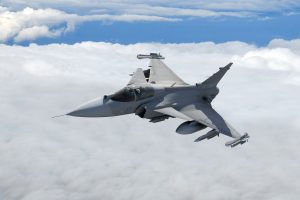
Image Courtesy: Airforce Technology
It could be about creating a subtle political, economic and moral pressure – on the Ministry of Defence and Indian Air Force to favorably consider an aircraft of last millennium – in comparison to its European counterparts. The Gripen E of SAAB and Rafael of Dassault are latest models and technology of this century. Gripen E is surely a cut above the F 16 Block 70 with Swedes having done their homework on transfer of technology to India.
Fort Worth, Texas is the lone facility of F 16 as on date it and was facing closure due to drying up of orders. Thus, moving capital assets to an Indian partner of long standing (TASL) which already manufactures airframe and components of C-130J and Sikorsky S-92, in a host country (India) with a potential of orders of hundreds of aircraft, worth billions of dollars, makes imminent business case. Even in case this partnership does not ultimately manufacture the aircraft, it could become the MRO hub for hundreds of F 16s variants operational in Asia and Middle East, saving precious dollars and US based jobs while creating jobs in India, which will be beneficial to both the parties. After market services are required for this in-service aircraft with a residual life of at almost 30 years with many air forces.
So, do we expect any announcement on this from the joint statement or even a mention of the proposed joint-build of this ageing F 16 Block 70 aircraft as a “Make In India” program?
The answer could be in the telephone call made by PM Modi to the Swedish PM Stefan Lofven earlier this week, appreciating the gesture of Swedes towards Make in India.
Energy is another area of promise with the import of LNG, and once India enters NSG, the market will open up for the 10 Nuclear Power Plants announced by India for US majors.
There will be some friction points and challenges like the Visa Regime, IPR issues, the Stent pricing (Medtronics), multi brand retail and the climate change, but officials on both sides are working overtime to contain these issues.
The visit of the PM to US is an ice breaker with both sides gauging if the US – India relations will continue to progress on the trajectory set by Obama administration or will there be a lull with the focus of Trump administration is on the developments in West Asia and Middle East!
Ratan Shrivastava
(Disclaimer: The views and opinions expressed in this article are those of the author and do not necessarily reflect the official policy or position of BharatShakti.in)

